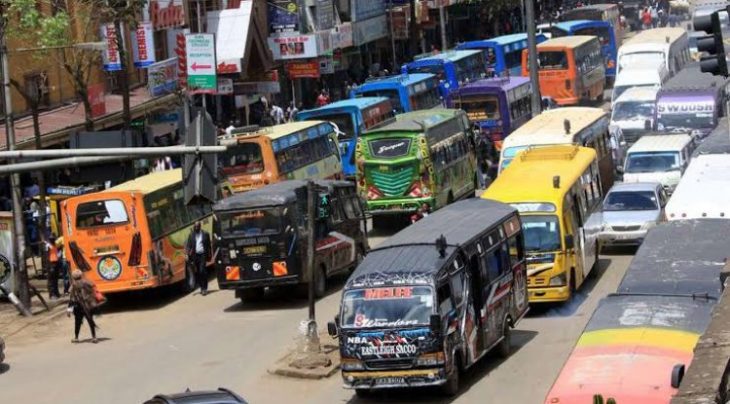AfDB calls for productive use of electricity project

African Development Bank (AfDB) has raised an alarm that the Last Mile Connectivity Project (LMCP) has not spurred income-generating activities as most consumers have used the supplied electricity for lighting and charging phones.
Contrary to initial projections there was limited increase in the productive use of electricity, mostly due to its high cost relative to the household income of beneficiaries. This development has been revealed in a study conducted by AfDB in six counties of Baringo, Kakamega, Kericho, Kitui, Nakuru and Taita Taveta.
“Two to three years after connecting households to the grid through the project, electricity consumption by beneficiaries has remained low, with beneficiaries mainly using the electricity for lighting and charging phones,” the bank said in a statement. Joseph Oketch, a director at the Energy and Petroleum Regulatory Authority (EPRA) said the high cost of electricity is determined by several factors and needs to be addressed holistically.
“ This is more to do with the high cost of generation, transmission cost as well as distribution and supply cost. All these issues need to be addressed holistically,” he said. AfDB says there is need to support initiatives to encourage the productive use of electricity by beneficiaries in addition to basic household consumption.
Additional demand
The assessment, conducted by its Independent Development Evaluation unit, recommends that Kenya Power, the implementing agency, should find ways to stimulate additional demand for electricity by households and businesses in rural areas. The report recommends programmes to link electricity access with income-generating activities such as irrigation services and promoting small businesses. Anthony Musyoka, a Senior Manager at Kenya Electricity Transmission Company (Ketraco), concurred with the findings, saying that communities must be sensitised on the opportunities to draw more benefits from electricity connection.
“There was no sensitisation of communities. They need to be sensitised to make them aware that electricity can be used to create wealth, not only for lighting,” he said. According to the report, the last mile connectivity has resulted in an 83 per cent increase in access to electricity for lighting through the national grid, while the probability of children studying at night has increased by 45 per cent.
Similarly, the grade for secondary school students increased by 34 per cent in beneficiary households.
The Last Mile Connectivity Project is a flagship mass electrification programme launched by the government to increase access to electricity for low-income groups in rural and peri-urban areas by connecting them to the national grid.
The country intends to connect 17 million households to the national grid by 2030, with nine million being connected currently. Funding from AfDB has seen the LMCP project connect about 530,000 households so far across 47 counties.
Rural households
With the connection charges reduced from Sh35,000 to Sh15,000 payable in three-year installments, more rural households were encouraged to apply for connection to the grid.
The significant impact of Phase 1 of the Last Mile Connectivity Project has resulted in Kenya being a model for other countries in the region, according to Alemayehu Wubeshet Zegeye, East Africa Regional Energy Sector Manager at the African Development Bank.
“The model used in Kenya was unique and ramped up the connection in very few years. The program was designed to speed up connection for low-income earners by subsidising the connection charge upfront,” he said.










